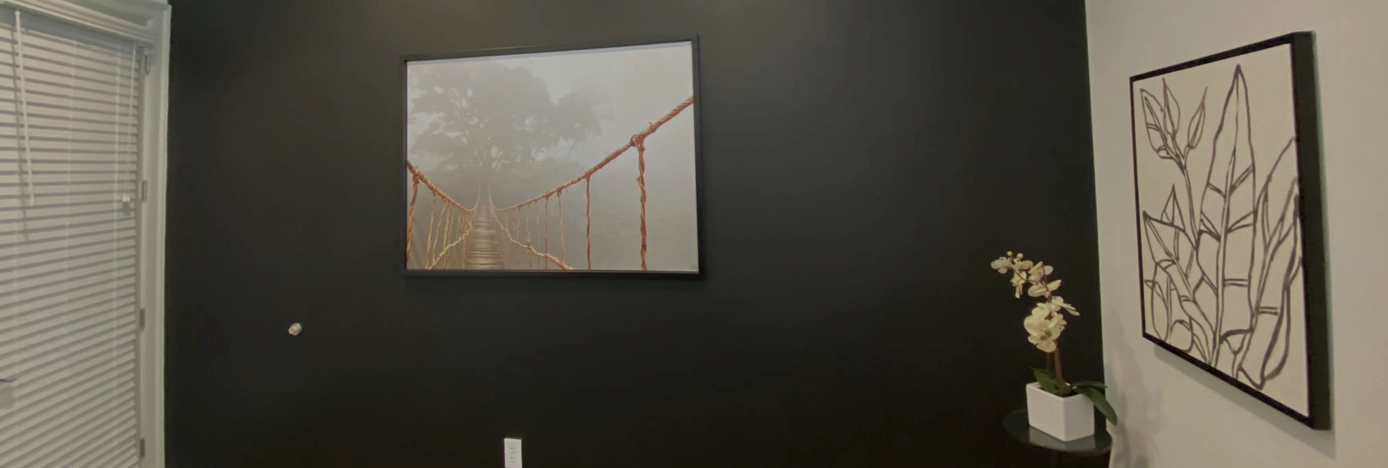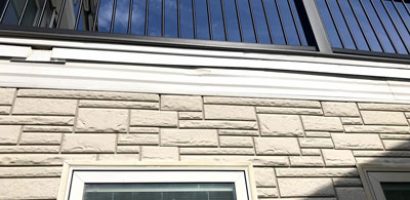About Accent Wall
Accent walls have become a popular trend in interior design, offering a simple yet impactful way to transform any room. By focusing on a single wall with bold colors or unique designs, homeowners can create a striking focal point that adds depth and character to their living spaces. Accent wall ideas range from vibrant paint colors to textured wallpapers, allowing for endless possibilities to suit various styles and preferences.
The beauty of accent walls lies in their versatility and ability to dramatically change the look of a room without a complete overhaul. Whether it’s a living room, bedroom, or home office, the right accent wall can enhance the overall ambiance and make a powerful statement.
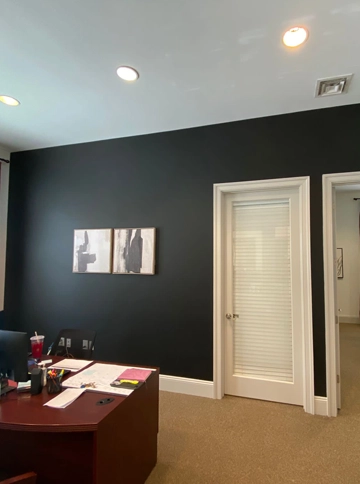
This article will explore different accent wall paint ideas, techniques to create stunning effects, and tips for choosing the perfect wall and color scheme. By the end, readers will have the knowledge to confidently tackle their own accent wall projects and breathe new life into their homes.
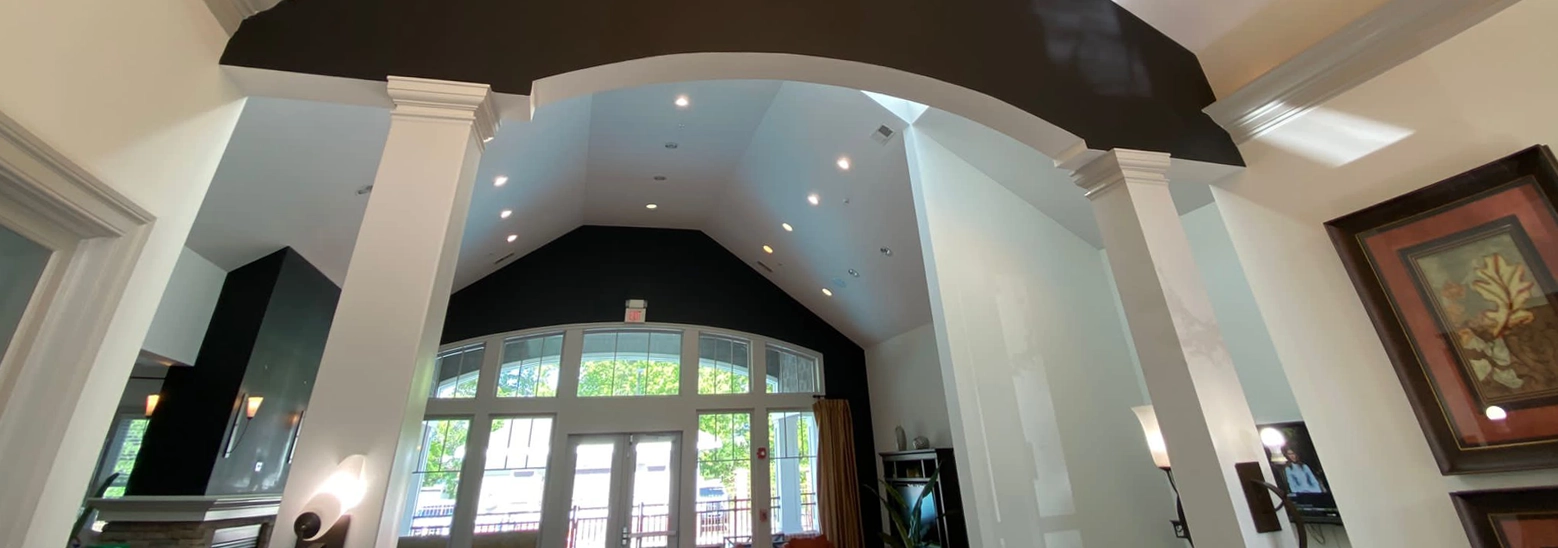
Choosing the Perfect Wall for Your Accent
- Focal Point Considerations
Selecting the right wall for an accent is crucial to creating a visually striking room. The ideal accent wall should be the first one that catches the eye upon entering the space. This wall becomes the focal point, guiding the overall look and feel of the room. To make the most impact, homeowners should consider the natural line of sight and choose a wall they face regularly. This enhances the feature wall’s prominence and ensures it’s always in view for both residents and guests.
- Room Size and Layout
The size and layout of a room play a significant role in determining the best accent wall. In open concept spaces, it’s essential to select a wall that supports existing focal points or built-in features. For long, narrow layouts, choosing a wall at either end is preferable to avoid making the room appear even narrower. It’s also important to consider the placement of furniture when selecting an accent wall. The wall behind a sofa or bed often makes an excellent choice, as these are typically solid walls without interruptions.
- Architectural Features
Walls with interesting architectural elements, such as fireplaces or built-in bookcases, are excellent candidates for accent walls. These features can be further emphasized by the accent treatment, creating a more dramatic effect. However, it’s crucial to avoid walls with asymmetrical shapes or those affected by slanted ceilings, as these can create an unbalanced look. Additionally, walls with multiple windows or doors may not be ideal, as the breaks can disrupt the flow of the accent design.
By carefully considering these factors, homeowners can choose the perfect wall to accent, transforming their space and creating a stunning focal point that enhances the overall ambiance of the room.
Bold Color Selection Strategies
- Color Psychology
Color psychology plays a crucial role in selecting bold colors for accent walls. Different hues can evoke specific emotions and set the mood in a room. For instance, red represents passion and energy, while blue creates a calming atmosphere. Green promotes feelings of safety and security, and purple can spark creativity and intensity. When choosing an accent wall color, it’s essential to consider the desired ambiance and the psychological impact of the chosen hue.
- Complementary and Contrasting Colors
To create a striking accent wall, designers often turn to complementary color schemes. These consist of two colors opposite each other on the color wheel, creating high contrast and dynamic spaces. For example, pairing a deep hunter green with a soft rosy peach can produce a visually appealing effect. Another approach is to use analogous colors, which sit next to each other on the color wheel, for a more harmonious look.
When selecting bold colors, it’s crucial to balance their intensity. If one color is vibrant, consider using a muted version of its complement to achieve equilibrium. Additionally, the room’s existing elements, such as furniture, artwork, and flooring, should guide the color selection process to ensure cohesion.
- Testing Paint Samples
Before committing to a bold color, it’s essential to test paint samples in the intended space. Light can significantly affect how a color appears, and what looks perfect on a small swatch may not translate well to an entire wall. To accurately assess potential colors, create movable paint samples using foam boards. Apply two coats of paint to each board and allow them to cure for 24 hours.
Once dried, move these samples around the room to observe how they look under different lighting conditions and at various times of the day. This method helps to identify any unexpected undertones and ensures the chosen color complements the existing decor. By taking the time to test samples thoroughly, homeowners can confidently select a bold color that will transform their space and create a stunning accent wall.
Painting Techniques for Stunning Effects
- Ombre and Gradient Looks
Creating an ombre wall offers a simple yet stunning effect. To achieve this look, start with the deepest shade at the top and finish with the lightest at the bottom. Begin by applying the lightest color to the entire wall. Then, add an 18-inch stripe of the darkest color at the top, followed by a stripe of the middle color about an inch below. Blend the colors using a wet brush, working quickly to avoid drying. For a reverse ombre, place the lightest color at the top and the darkest at the bottom.
- Geometric Patterns
Geometric patterns can create a bold and elevated look for an accent wall. To start, map out the design using painter’s tape, which helps visualize the overall look and determine the sizes of the pieces needed. For a wood slat design, cut 2×4 boards into skinnier slats, about 1/2 inch thick. Cut 45-degree angles on the edges of the slats, except for one that will go across the entire wall. Nail the slats to the wall studs using a brad nailer, then caulk the edges and sand everything down for a smooth finish.
- Textured Finishes
Textured finishes add depth and character to walls. One option is Venetian plaster, which creates a unique, layered look. Apply it using spatulas in a criss-cross pattern, allowing for lumps and crevices. For an easier approach, use textured paint or add textured material to regular paint. When applying textured paint, use a thick nap roller or a sprayer to ensure the paint reaches the valleys of the texture. Textured painting techniques like stippling, sponging, or rag rolling can create unique patterns and hide minor imperfections.
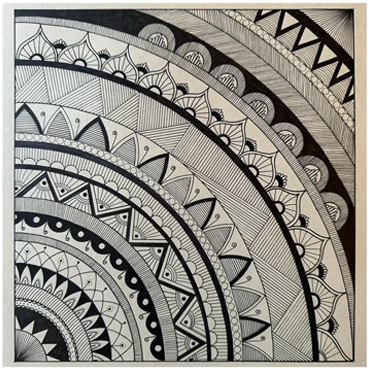
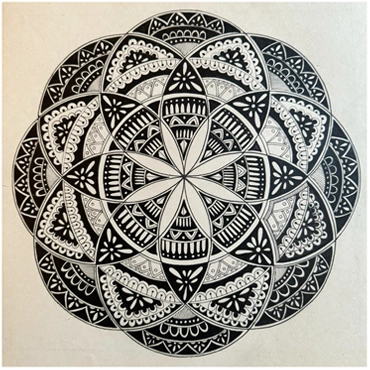
Styling Your Accent Wall
- Furniture Placement
When styling an accent wall, furniture arrangement plays a crucial role in enhancing its impact. Homeowners should consider the existing layout and choose a wall that complements the room’s focal point. For instance, in a living room, the wall behind the TV often serves as an ideal accent wall. Floating furniture in the center of the room can create intimate seating areas and define zones in open-concept spaces. To maintain balance, ensure at least 16 to 18 inches between the sofa and coffee table.
- Artwork and Decor
Selecting appropriate artwork and decor is essential to complement the accent wall. When choosing decorative elements, consider the room’s design style and color scheme. For a cohesive look, ensure that colors and patterns of wallpaper or murals match the rest of the space. Incorporating architectural features like fireplaces or built-in bookcases can further enhance the accent wall’s appeal. Remember to leave some open space on the wall to avoid overcrowding and maintain visual balance.
- Lighting to Enhance the Color
Proper lighting can significantly enhance the impact of an accent wall. Accent lighting, such as recessed ceiling lights or LED strips, can draw attention to specific areas or objects on the wall. Cove lights offer a soft, diffused illumination that can create a pleasant ambiance in living rooms or bedrooms. For hallways, consider mounted LED ceiling lights to provide an even glow and enhance the space’s warmth. By combining different lighting types, such as strip lighting with a central chandelier, homeowners can create a sophisticated and layered lighting design that complements their accent wall.
Conclusion
Accent walls have a profound influence on the ambiance and style of any room, offering a simple yet effective way to transform living spaces. From bold color choices to innovative painting techniques, homeowners have a wide array of options to create stunning focal points that reflect their personal tastes. The strategic placement of furniture, thoughtful selection of artwork, and clever use of lighting further enhance the impact of these eye-catching features, allowing for a cohesive and visually appealing design.
To wrap up, accent walls provide an opportunity to breathe new life into homes without the need for a complete renovation. By carefully considering color psychology, testing samples, and exploring various painting techniques, homeowners can confidently tackle their own accent wall projects. With the right approach, these striking design elements have the potential to completely change the look and feel of a room, making them a valuable tool in the world of interior design.
FAQs
Typically, an accent wall is recommended to be darker than the other walls to add depth and drama. However, this isn’t a strict rule. For instance, if you’re making your ceiling an accent feature and it is low, opting for a lighter color might be better.
Yes, you can use varying accent colors in different rooms. To maintain a cohesive look throughout your home, it’s beneficial to incorporate a consistent shade across the rooms. This approach helps to create a harmonious and balanced environment.
Avoid placing an accent wall in overly busy rooms as it can make the space feel overcrowded. Additionally, choose a location where the wall can stand out. Avoid dark corners where the impact of the accent wall would be minimized.
Contrary to popular belief, dark colors on walls do not necessarily make a room look smaller. Dark colors tend to recede, which can help in creating a perception of more space, not less. Light colors, on the other hand, do not automatically make a room appear larger.

